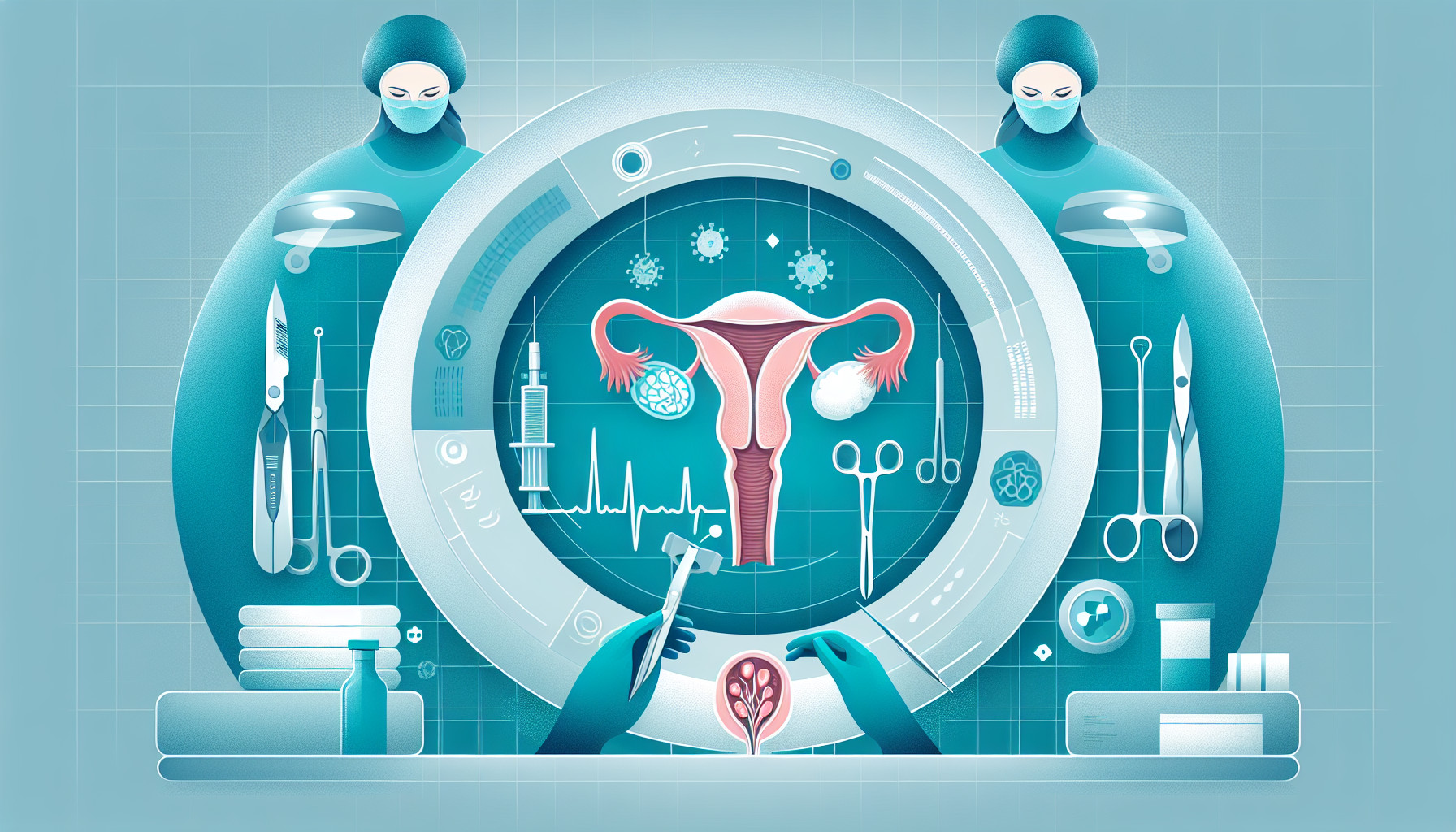Our Summary
This research paper discusses ovarian dermoid cysts, which are benign (non-dangerous) tumors that grow slowly and are common in women of reproductive age. These cysts occur when certain cells get trapped in the ovaries. It’s important to accurately diagnose and monitor these cysts to reduce the risk of complications.
Doctors often use imaging techniques like CT scans, MRIs, or ultrasounds to evaluate these cysts. If the cysts persist or grow very large, surgical procedures are used to remove them. However, sometimes the content of the cysts can leak during surgery, which can occasionally lead to a condition called chemical peritonitis.
The research paper presents a case where a large dermoid cyst in an older woman was successfully removed through laparoscopic surgery, a minimally invasive procedure. This case can be a learning example for other doctors treating similar conditions.
FAQs
- What are ovarian dermoid cysts and who are most likely to have them?
- How are ovarian dermoid cysts diagnosed and monitored?
- What are the risks associated with the surgical removal of ovarian dermoid cysts?
Doctor’s Tip
One helpful tip a doctor might give a patient about ovarian cyst removal is to follow post-operative care instructions carefully to ensure proper healing and reduce the risk of complications. This may include taking prescribed medications, avoiding strenuous activities, and attending follow-up appointments with your healthcare provider. It’s also important to report any unusual symptoms or signs of infection to your doctor promptly. By following these guidelines, you can help ensure a successful recovery after ovarian cyst removal surgery.
Suitable For
Overall, patients who are typically recommended ovarian cyst removal are those with:
- Large cysts that are causing symptoms such as pelvic pain, bloating, or urinary frequency.
- Cysts that are growing rapidly or persisting over time.
- Complex cysts with solid components or abnormal features that may indicate the possibility of malignancy.
- Cysts that are causing pressure on surrounding organs or causing complications such as torsion (twisting) of the ovary.
- Patients who are postmenopausal, as they have a higher risk of ovarian cancer and may require closer monitoring or removal of cysts.
It is important for patients to discuss their symptoms and concerns with their healthcare provider to determine the best course of action for managing ovarian cysts. In some cases, watchful waiting may be recommended, while in other cases, surgical removal may be necessary to prevent potential complications.
Timeline
Timeline:
Before ovarian cyst removal:
- Patient may experience symptoms such as abdominal pain, bloating, and changes in menstrual cycle.
- Patient may undergo imaging tests to diagnose the cyst, such as CT scans, MRIs, or ultrasounds.
- Doctors may monitor the cyst to see if it grows or causes any complications.
- If the cyst persists or grows very large, surgery may be recommended.
After ovarian cyst removal:
- Patient undergoes laparoscopic surgery to remove the cyst.
- Patient may experience some pain and discomfort after the surgery.
- Patient is monitored for any complications, such as chemical peritonitis.
- Patient may need follow-up appointments to ensure the cyst does not return or cause any further issues.
- Overall, the patient should experience relief from the symptoms caused by the ovarian cyst.
What to Ask Your Doctor
Some questions a patient should ask their doctor about ovarian cyst removal include:
- What type of ovarian cyst do I have, and what are the risks associated with it?
- What imaging tests will be used to diagnose and monitor the cyst?
- What are the criteria for determining if surgery is necessary to remove the cyst?
- What are the different surgical options available for cyst removal, and which one do you recommend for my case?
- What are the potential risks and complications of the surgery, such as chemical peritonitis?
- What is the recovery process like after ovarian cyst removal surgery?
- How will my fertility be affected by the removal of the cyst?
- How often will I need follow-up appointments or monitoring after the surgery?
- Are there any lifestyle changes or precautions I should take to prevent the recurrence of ovarian cysts?
- Are there any alternative treatments or therapies that I should consider before opting for surgery?
Reference
Authors: Rentiya Z, Chaudhry H, Chukwurah A, Ejiyooye T, Khan T, Centeno L, Mahjabeen SS, Khan AM. Journal: Radiol Case Rep. 2022 Jul 27;17(10):3519-3522. doi: 10.1016/j.radcr.2022.06.005. eCollection 2022 Oct. PMID: 35936876
